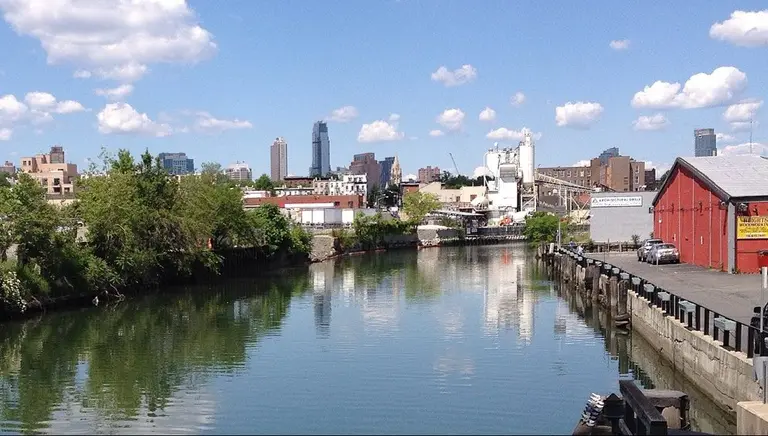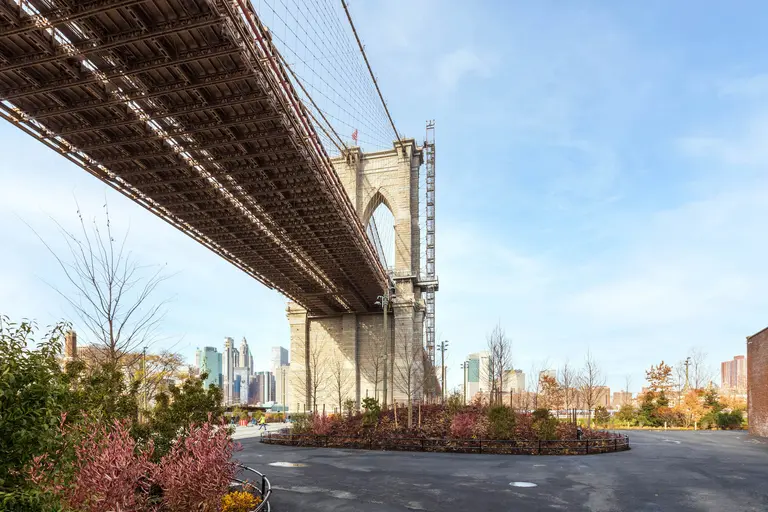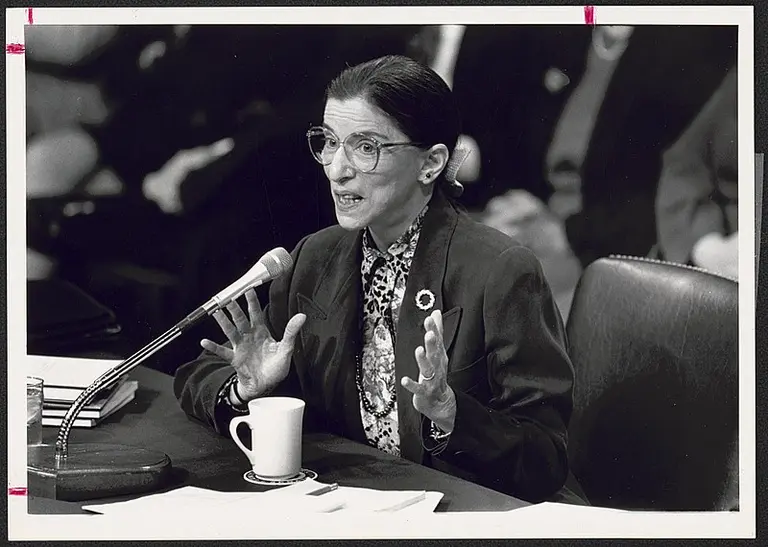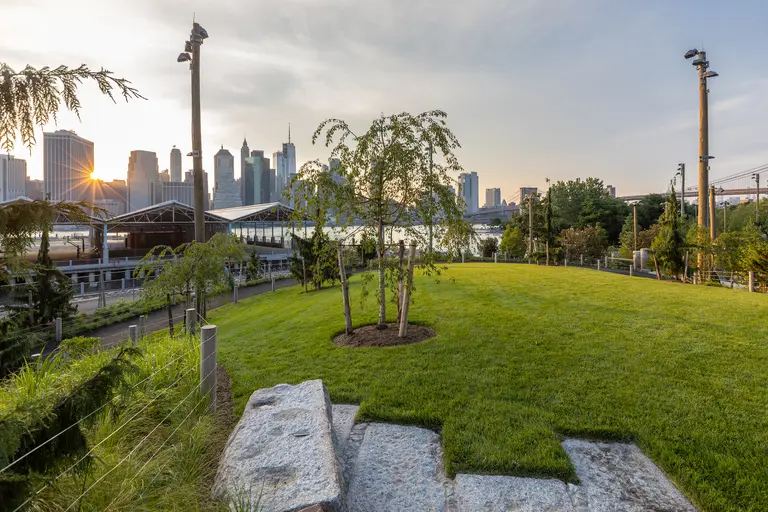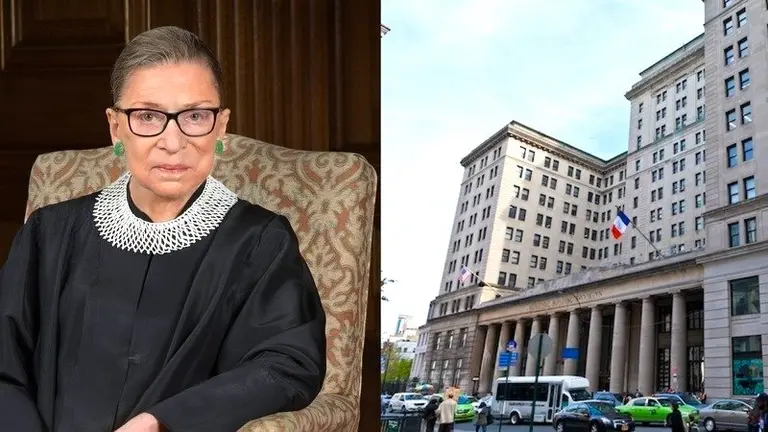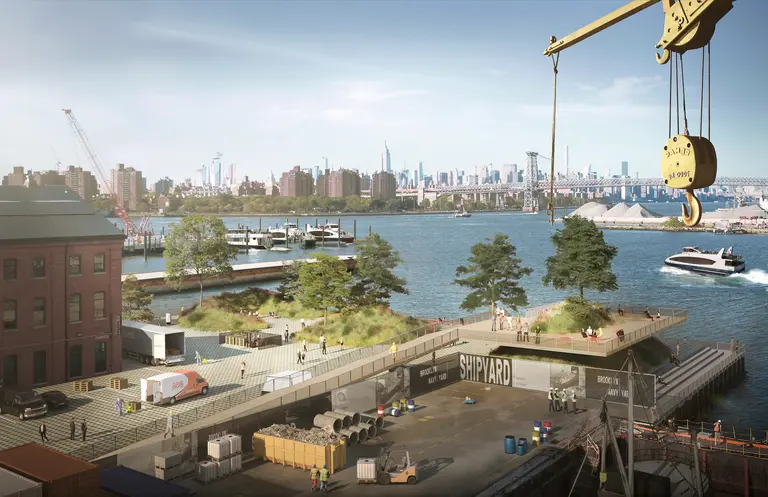Petition launches to save artifacts of Dead Horse Bay ahead of radioactive waste cleanup
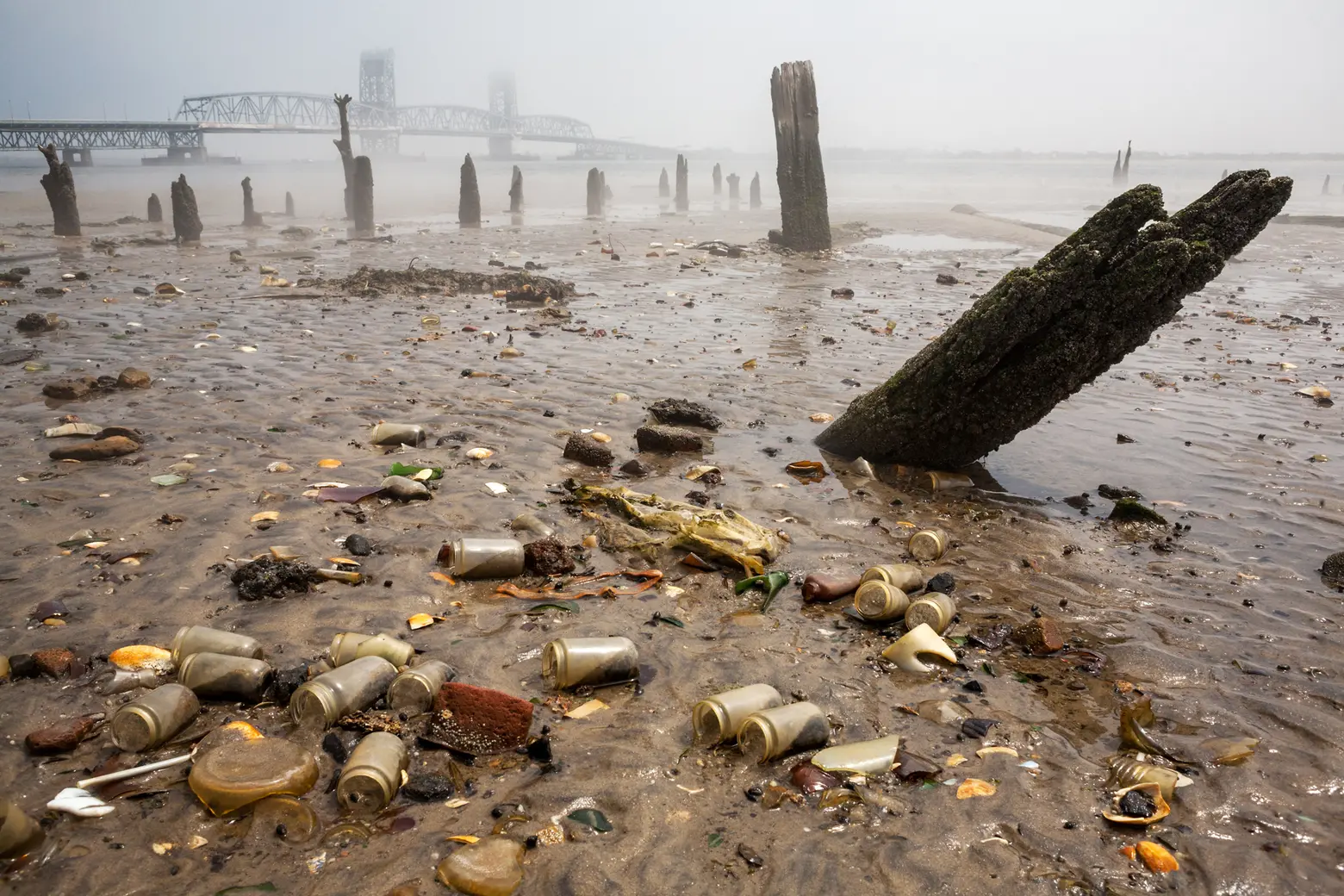
Photo by James and Karla Murray exclusively for 6sqft
Covered with bottles, ceramics, and other 1950s household items and debris, Dead Horse Bay is a treasure trove in southern Brooklyn for collectors and historians. Last August, the National Park Service closed the southern part of the refuse-filled spot after finding radioactive contamination. Now, a petition has launched urging the NPS to collect and preserve as much as the debris as possible at Dead Horse Bay ahead of its planned cleanup of the site.
The body of water got its name from the industrial plants on nearby Barren Island that processed carcasses of dead horses and converted them into fertilizer, glue, and other products. From about the 1850s to the 1930s, the chopped up bones of the animals were dumped into the water.
Beginning in the 1930s, the city used the site as a landfill until 1953 when the landfill was capped. According to the NPS, between 1948 and mid-1950s the site contained a mound of solid waste that reached 25 feet. The cap later burst, causing trash to leak, a phenomenon that continues today.
The items found on the beach are from when Robert Moses ordered people to move out of their homes to make way for the construction of the Brooklyn-Queens Expressway, as Robin Nagle, the anthropologist-in-residence at the city’s Department of Sanitation, told 6sqft in a 2018 interview. While some layers of trash date back to the 1850s, like the horse bones, other items like eyeglasses, shoes, light bulbs, car parts, and other materials from working-class families of the 1950s can still be found at the site.
“It’s not household rubbish like what we put out on the curb or what the Department of Sanitation picks up,” Nagle said in 2018. “These are the remnants of buildings that were destroyed to make room for highways. And these highways often cut through the least affluent and the least politically recognized neighborhoods in the City.”
The NPS said in August that the southern end of Dead Horse Bay would be closed to the public due to “radiological contamination” of the site. According to the agency’s investigation, the presence of deck markers, man-made materials historically used by the military to provide low-level light at night, “indicates that radioactive waste materials are likely associated with waste fill present on-Site and in waste fill potentially being released onto the southern beach area.”
The agency plans to continue an investigation at Dead Horse Bay, including identifying the types of radiological and chemical contaminations present and the risk they pose to human health and the environment. Following the investigation, the NPS said it will determine the cleanup required.
Miriam Sicherman, a school teacher and author of the book Brooklyn’s Barren Island: A Forgotten History, launched a petition asking the NPS and the Environmental Protection Agency to work with archaeologists and historians to preserve the artifacts at the site ahead of the planned clean up, as the Brooklyn Daily Eagle first reported.
In a letter addressed to the agency, Sicherman, who posts the incredible items she finds at Dead Horse Bay on her Instagram account, called the garbage that washes up at the beach an “accidental time capsule” of daily life in the 1950s. The petition is calling on the NPS to work with historians, archivists, archeologists, and other professionals to collect, decontaminate, conserve, and catalog as much of the debris as possible.
“Decades later and into the future, there is much we can learn from those artifacts about midcentury New Yorkers—everything from their makeup, fashion, and cleaning regimens, to their drinking habits, to the news they read,” the letter reads.
It continues: “We anticipate a time when the materials are available not only to scholars, but ideally, to the public, in order to further the study and knowledge of mid-twentieth-century urban social history and anthropology in general, and the history of New York City in particular.”
In a FAQ document published in August by the NPS, the agency said if during the Comprehensive Environmental, Response, Compensation, and Liability Act (CERCLA) process they find it needed, “appropriate measures will be taken to ensure that potential archaeological resources will be identified and as necessary, preserved.”
[Via Brooklyn Daily Eagle]
RELATED:

